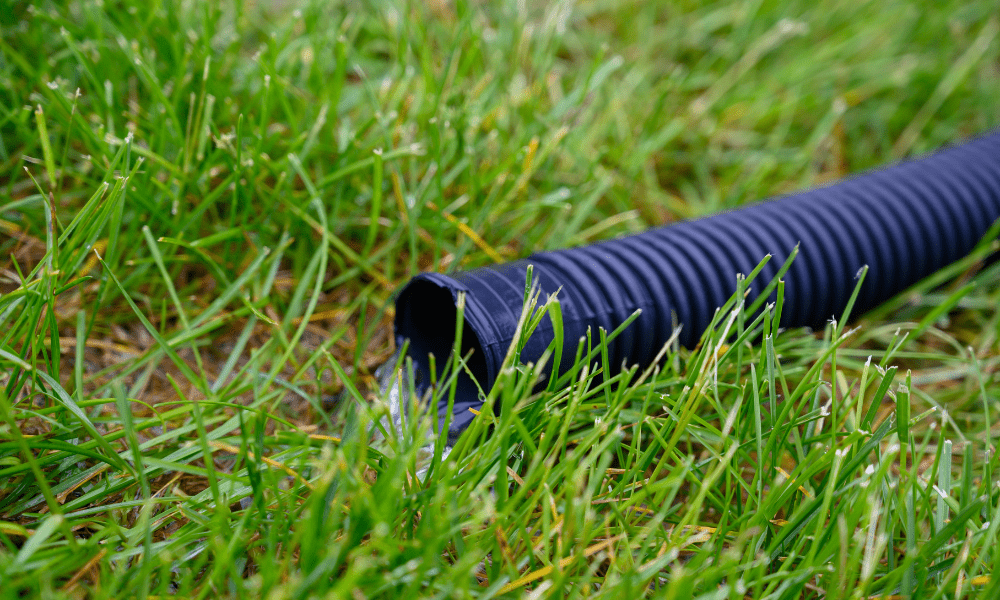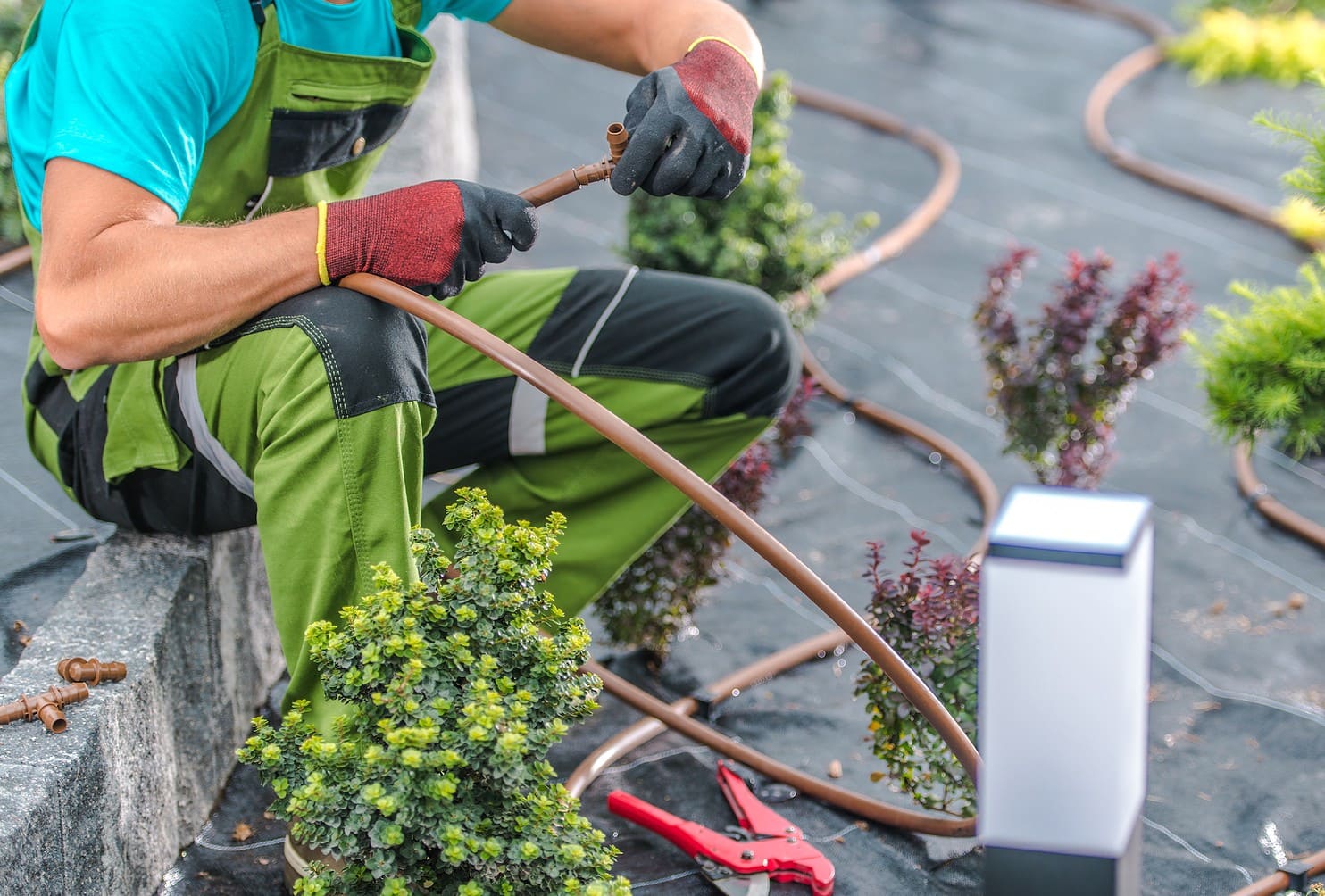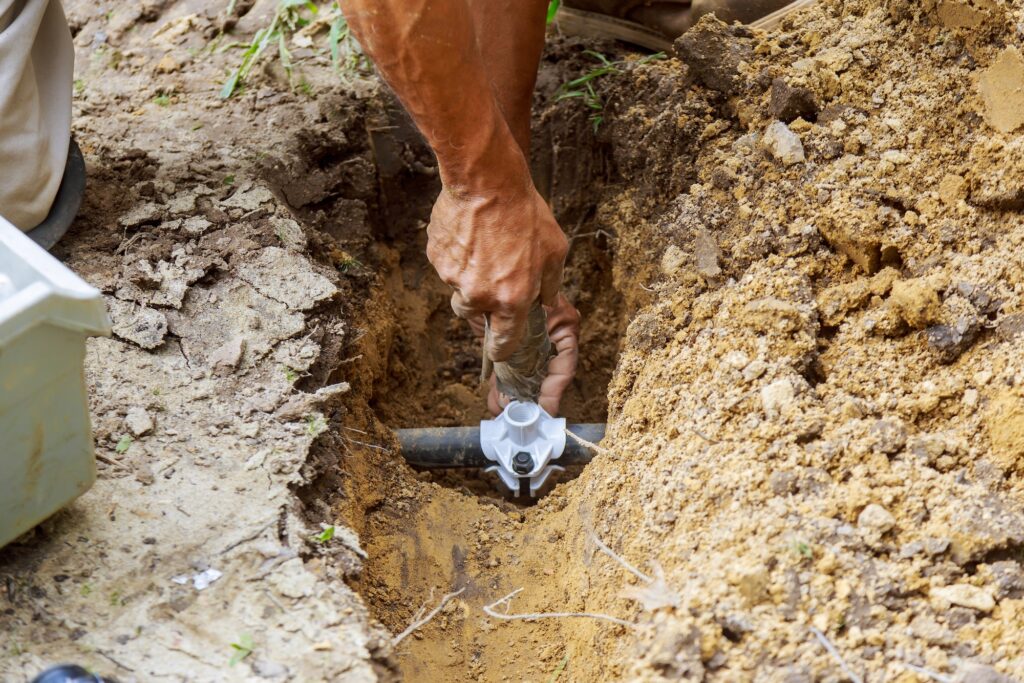As the rainy season approaches, it’s crucial to ensure that your lawn drainage is up to par. Proper lawn drainage is essential to protect your property from potential water damage and to maintain the health of your lawn. In this article, we’ll guide you through the steps to prepare your lawn drainage for the rainy season.
Why is Lawn Drainage Important?
Lawn drainage is a critical aspect of maintaining a healthy and beautiful yard. Poor drainage can lead to a variety of problems, including waterlogged soil, dying plants, and even damage to your property’s foundation. When water fails to drain properly, it can pool on the surface, creating a soggy, muddy mess that’s not only unsightly but also harmful to your lawn’s health.
RELATED: 5 Signs Your Lawn Drainage System Needs an Upgrade
Understanding the Basics of Lawn Drainage
The key to effective lawn drainage lies in understanding how water interacts with your landscape. Several factors can influence this, including the slope of your yard, the type of soil present, and the overall landscape design. The goal is to guide water away from your property and allow it to be absorbed into the ground or drain into a designated area.
Steps to Prepare Your Lawn Drainage for the Rainy Season
1. Assess Your Lawn’s Current Drainage
The first step in preparing your lawn drainage for the rainy season is to assess the current state of your yard. Look for signs of poor drainage, such as standing water, waterlogged soil, or areas where the grass is dying. These are indications that your current drainage system may not be adequate.
2. Improve Soil Permeability
If your soil is compacted or has a high clay content, it may be preventing proper drainage. Aerating your lawn can help improve water absorption, reducing the chances of water pooling on the surface.
3. Install or Upgrade Drainage Systems
If your lawn has significant drainage issues, it may be necessary to install or upgrade your drainage systems. French drains, catch basins, and underground pipe systems are all effective solutions for managing excess water.
4. Regrade Your Yard
If your yard is flat or slopes towards your property, regrading may be necessary. By creating a gentle slope away from your property, you can guide water toward designated drainage areas.
5. Maintain Your Gutters and Downspouts
Your home’s gutters and downspouts play a crucial role in managing rainwater. Ensure they are clean and properly positioned to direct water away from your property.
Protect Your Property with Circle D Construction

Preparing your lawn drainage for the rainy season is a crucial task that can save you from potential headaches down the line. However, it can be a complex process that requires expertise and the right tools. At Circle D Construction, we specialize in providing effective drainage solutions tailored to your property’s needs. Don’t let the rainy season catch you off guard.


